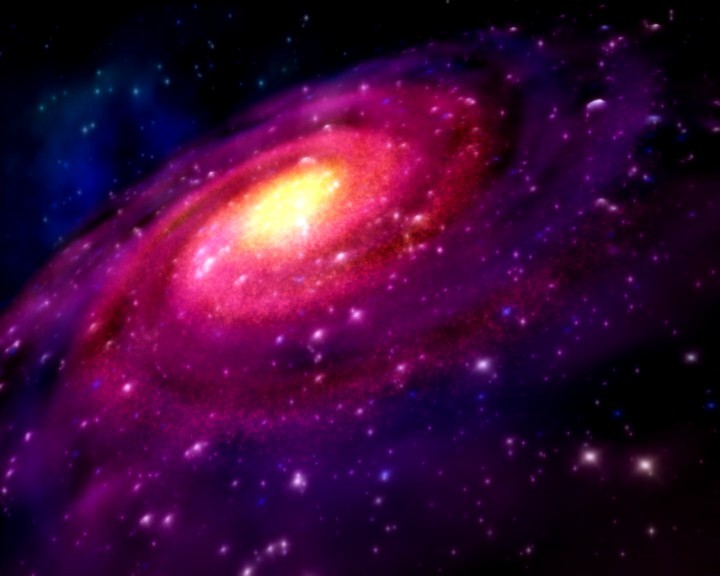Of course we have no prospect of such a journey. A trip of 240,000 miles to the Moon still represents a very big undertaking for us. A manned mission to Mars, called for by the first President Bush in a moment of passing giddiness, was quietly dropped when someone worked out that it would cost $450 billion and probably result in the deaths of all the crew (their DNA torn to tatters by high-energy solar particles from which they could not be shielded).
當(dāng)然,我們沒有打算去做這樣一次旅行。做一次38.6萬(wàn)公里遠(yuǎn)的月球旅行,對(duì)我們來說依然是一件了不起的大事。老布什總統(tǒng)曾一時(shí)頭腦發(fā)昏,提出要執(zhí)行一次去火星的載人任務(wù),但后來不了了之。有人估計(jì),這要花費(fèi)4500億美元,最后很可能落個(gè)全體乘員命歸黃泉的結(jié)局(他們無法遮擋高能的太陽(yáng)粒子,DNA會(huì)被撕得粉碎)。

Based on what we know now and can reasonably imagine, there is absolutely no prospect that any human being will ever visit the edge of our own solar system—ever. It is just too far. As it is, even with the Hubble telescope, we can’t see even into the Oort cloud, so we don’t actually know that it is there. Its existence is probable but entirely hypothetical.
根據(jù)我們目前掌握的知識(shí)和理智的想像,任何人都絕對(duì)不會(huì)前往我們自己太陽(yáng)系的邊緣--永遠(yuǎn)不會(huì)。實(shí)在太遙遠(yuǎn)了。事實(shí)上,即便使用哈勃望遠(yuǎn)鏡,我們也看不到奧爾特云,因此我們實(shí)際上不知道它在哪里。它的存在是可能的,但完全是假設(shè)的。
Properly called the Opik-Oort cloud, it is named for the Estonian astronomer Ernst Opik, who hypothesized its existence in 1932, and for the Dutch astronomer Jan Oort, who refined the calculations eighteen years later.
也許該稱呼它為奧匹克 - 奧爾特云,它是根據(jù)愛沙尼亞的天文學(xué)家恩斯特·奧匹克命名的,因?yàn)槭撬?932年發(fā)現(xiàn)奧匹克 - 奧爾特云的,同時(shí)也是為紀(jì)念荷蘭天文學(xué)家奧爾特?fù)P,因?yàn)樗?8年后細(xì)化計(jì)算定位了奧匹克 - 奧爾特云。
About all that can be said with confidence about the Oort cloud is that it starts somewhere beyond Pluto and stretches some two light-years out into the cosmos. The basic unit of measure in the solar system is the Astronomical Unit, or AU, representing the distance from the Sun to the Earth. Pluto is about forty AUs from us, the heart of the Oort cloud about fifty thousand. In a word, it is remote.
關(guān)于奧爾特云,有把握的只能說到這種程度:它始于冥王星以外,向宇宙里伸展大約兩光年。太陽(yáng)系里的基本計(jì)量單位是天文單位(AU),代表太陽(yáng)和地球之間的平均距離。冥王星距離我們大約40個(gè)天文單位,奧爾特云的中心離我們大約5萬(wàn)個(gè)天文單位。一句話,它非常遙遠(yuǎn)。











